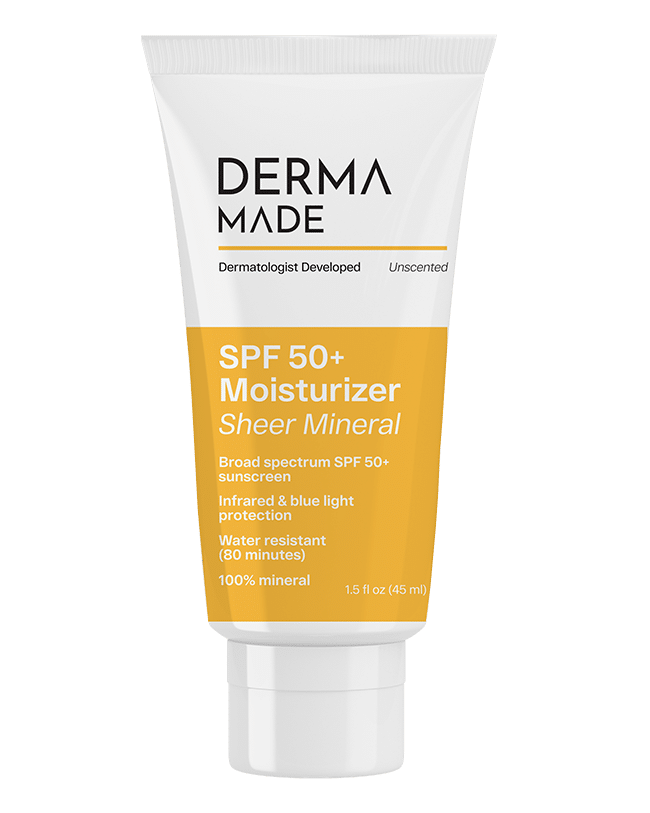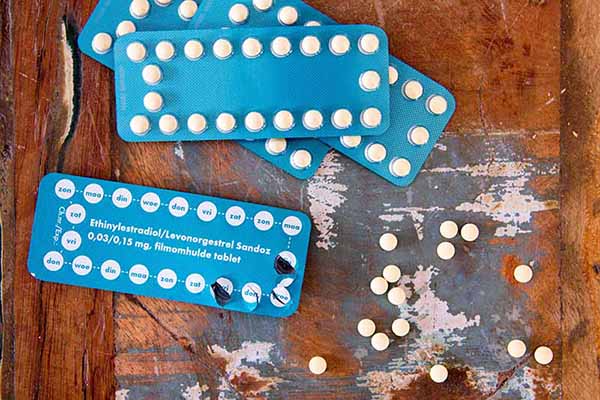Tanning is a vastly differing phenomenon depending on where you all in the world. In the US and Europe, tanned skin is perceived as more attractive. Our brains are conditioned to think it’s sexy. That’s why self-tanners or sunless tanners are so popular in this country.
In China, women, even in the summer, wear long sleeves and go as far as to carry umbrellas to protect themselves from the sun. Being tan in China is associated with working outside, which historically meant on the fields. This is typically, therefore, a sign that you come from a lower economic class.
But over here, we make extra effort to get darker skin by soaking up as much sun as possible. Or, if that’s not a readily available option, self-tanners.
Many years ago there really wasn’t an alternative to getting a tan other than “laying out,” or being outside to get some color. But how times have changed. By now we know that too much sun exposure can cause permanent damage and even lead to skin cancer. So how can we get the glow without the sun exposure? Welcome to the world of self-tanners.
What’s On the Self-Tanner Menu?
Self-tanning lotions and spray tans are a generally considered “safe” sunless tan. Used by everyone from models to celebrities for that instant bronze glow like they just got back from vacationing in St. Barts. So what creates that summer skin glow?
The active ingredient in most self tanners is the color additive dihydroxyacetone (DHA). DHA is a sugar that interacts with amino acids and proteins in the top layer of dead skin cells. This causes a chemical reaction and produces pigment—just like an apple exposed to oxygen turns brown. The artificial tan takes 2 to 4 hours to begin appearing on the skin surface, and will continue to darken for 24 to 72 hours. Once the darkening effect sets in, the tan will not sweat off or wash away with soap or water. It will fade gradually over 3 to 10 days. It’s a totally hassle-free way to tan. It does all the work for you!
This effect was discovered in the 1920s. But the first self-tanning lotions didn’t come to market until the 1960s.
Recent studies however, have shed light on some of the negative side effects that self tanners can carry. The main controversial ingredient of these studies is the DHA itself. It’s basically a color additive that literally stains that outer layer of skin. The Federal Drug Administration considers topical self-tanner products generally safe. However, the FDA also states that DHA shouldn’t be inhaled or applied to areas like the lips, nose, or around the eyes because there could be risks that are currently unknown.
You especially want to be aware of this if you visit one of the spray tan booths and be sure to have a way to protect your eyes, mouth, nose and ears – and make sure not to inhale the spray.
So Why Is DHA Dangerous?
There’s some controversy over this. Some research shows that DHA does not absorb past the outer layer of skin, which is made up of mostly dead skin cells. That is why self-tanners wear off after a few days.
But the plot thickens. Back in 2012, an ABC News investigation reviewed 10 scientific studies on DHA and found that the ingredient has the potential to cause DNA damage or, in other words, alter the genetic makeup of cells. Theses studies were conducted by a panel of medical experts from dermatologists, toxicologists, and lung doctors.
For the 24 hours after a self-tanner containing high DHA, (5% or more), the skin is especially susceptible to free-radical damage from sunlight. This comes from a 2007 study done in Berlin. 40 minutes after the researchers treated skin samples with high levels of DHA, they found that more than 180% of additional free radicals formed during sun exposure compared with untreated skin. That is a dangerous probability of sun damage. But if you avoid sun exposure, you should be OK.
There are other self-tanner ingredients, like erythrulose, that produced a similar response at high levels. But the perhaps most incontestably dangerous self-tanning products on the market are sunless tanning pills, which are made with a color additive called canthaxanthin. When taken in large amounts, canthaxanthin can turn your skin orange or brown, cause hives, liver damage, and impaired vision.
Overall, despite the warnings, traditional self-tanners are generally safe, when used with discernment.
If deepening your skin color is the goal, try to opt for self-tanners without DHA. Alternative, natural sugars can create a similar reaction with your skin to give you the tan you’re after.
H/t: ABC News







